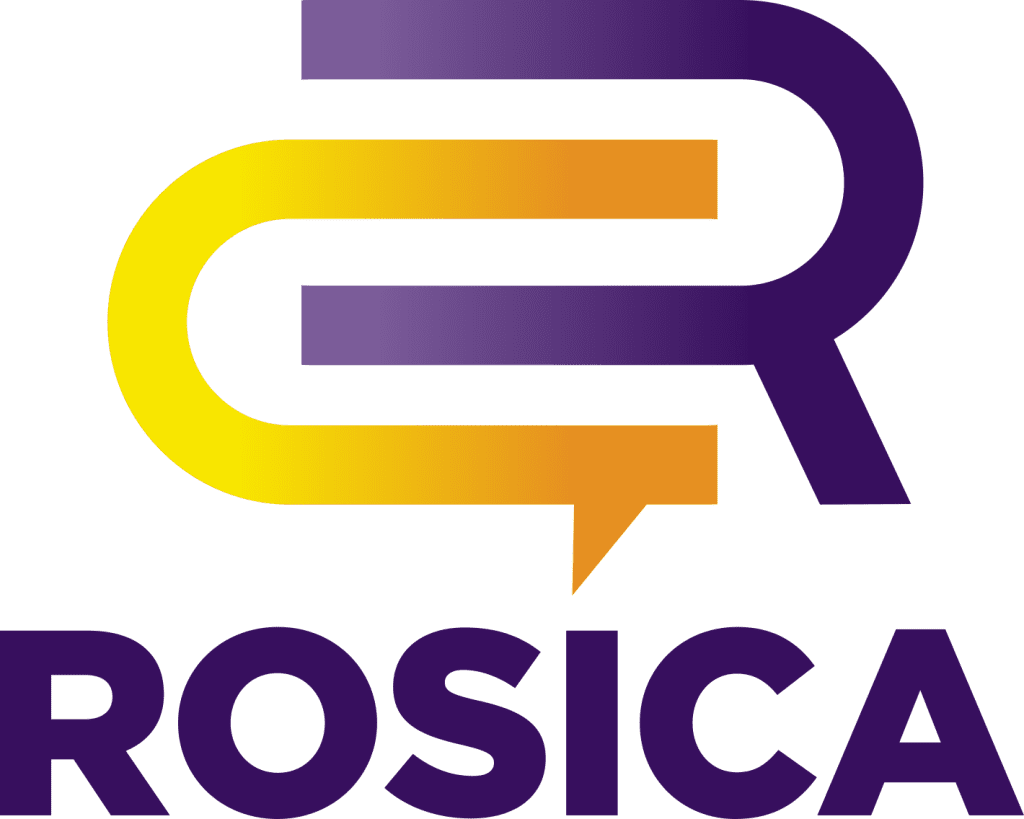Pfister puts its focus on integrating technology to drive efficiency
By Jared Kaltwasser
Nine years ago, Wayne Pfisterer and his father,Dieter, were running a successful Paterson roofing company when the elder Pfisterer saw a magazine article and got an idea.
“It was an article on thin-film photovoltaics and he said we should look into this,” Wayne Pfisterer recalled. “And that’s where it all started.”
Thin-film photovoltaics are flexible generators that can be stuck directly to a rooftop. By combining a roof replacement with a solar project, the Pfisterers realized they could leverage government green energy incentives to help defray the cost of the entire project.
The benefits of integration made a big impact on the Pfisterers, so when they launched a new company — Pfister Energy — in 2005, they sought to build a reputation as a holistic provider.
Instead of just installing solar panels, the company seeks opportunities to “stack” technologies, pairing solar with wind generation, thermal energy, day-lighting or energy-efficiency retrofits, among others.
“If you think about it, every one of these technologies is independently good standing alone,” Wayne Pfisterer said. “But when we begin to put them together and stack them, they become better.”
For instance, Pfisterer noted that excessive heat can lower a solar panel’s efficiency, but if that solar array is paired with a rooftop thermal energy system, the excess heat can be siphoned off and used for things like providing hot water.
Robert Marshall, executive director of the New Jersey Energy Coalition, said Pfister’s approach makes sense, particularly the push to incorporate energy-efficiency upgrades.
“If you’re going to make an investment in your business to manage your energy use or develop renewable technologies, then one of the first things you need to do is make the building and the property energy efficient,” he said.
After all, lowering a building’s power needs also can decrease the size of the solar installation required to service the building. But Marshall said that’s not always an easy sell in a state where the main solar incentive pays based on generation — and thus, size.
Pfister’s stacking approach proved beneficial for Consolidated Carpet, in Carlstadt. The company was planning to replace the roof on its 75,000-square-foot warehouse/office when they decided to explore a rooftop solar project, said Ray Kappel, the company’s director of operations.
“It just so happened that Pfister had both,” he said.
Kappel found that merging the roof replacement with a solar project would effectively lower the cost of the roof replacement portion. Pfister bundled that project with lighting upgrades, switching out old fixtures for more energy efficient models, and installing motion sensors in a portion of the building that is rarely used.
Kappel said the company had wanted to upgrade its lighting for some time, but “nobody came to us with a solution that made economic sense. Based on their (Pfister’s) proposal, it made economic sense.”
Pfister isn’t alone in seeing the convergence of roofing components and photovoltaics as a bridge to new business opportunities.
“The solar industry is now becoming part of the full building envelope, where the windows have PV in it, the siding has PV in it, the roofing has PV, as part of the material itself,” said John Schehl, executive director of Roof Integrated Solar Energy, or RISE, a certification and education group based out of Chicago.
Schehl said a partner organization, the National Roofing Contractors Association, recently found nearly 30 percent of its members were involved in solar, up from single digits two years ago. RISE has created a “certified solar roofing professional” designation and website, RISEprofessional.org, to help consumers identify contractors trained to do both solar and roofing.
Pfister also is encouraging other roofing companies to go solar. They’ve launched a licensing program, allowing established roofing companies in other states to set up renewable energy firms under the Pfister name. So far, two licensees have set up shop, in Florida and Maryland.
Pfisterer said the licensees handle the sales and installation, while design, engineering and other administrative functions are done at Pfister’s Hawthorne headquarters. That arrangement allows out-of-state growth to fuel in-state jobs.
“We probably have three, possibly four employees who would not be here if we were just operating in the state of New Jersey,” he said.
The geography of Pfister’s growth is very much tied to incentives, which can vary widely by locality, state or even utility region.
Gordon Bryant, Pfister’s chief financial officer, said the company has tried to be just as creative on the financial side, offering various arrangements such as power purchase agreements and leases, and also bringing new types of investors into the fold, such as private equity firms and family offices.
“We believe that the (distributed generation) sector is going to be the fastest-growing sector,” Bryant said, “and yet it is probably the most under-served, from the financing side.”
Meanwhile, Pfisterer said new technologies are continually being developed, such as vertical wind turbines. As those prices drop, he said, more customers are embracing Pfister’s holistic approach.
“We’ve been preaching this a long time, and now it’s exciting, because now all of a sudden, some of what our vision was is starting to catch up with us,” he said.
